Health is wealth, eat well to live well.
Join my community and receive my free ebook! Subscribe now >>
Here Is How To Hydrate Effectively After Your Workout And Keep Your Water Intake Up
Do you find it difficult to consume your daily water intake? How to hydrate effectively depends on how much you sweat. Sweat glands, also known as eccrine or exocrine glands, are found all over the surface of your body, but we now know our bodies require more personalized numbers based on our makeup.
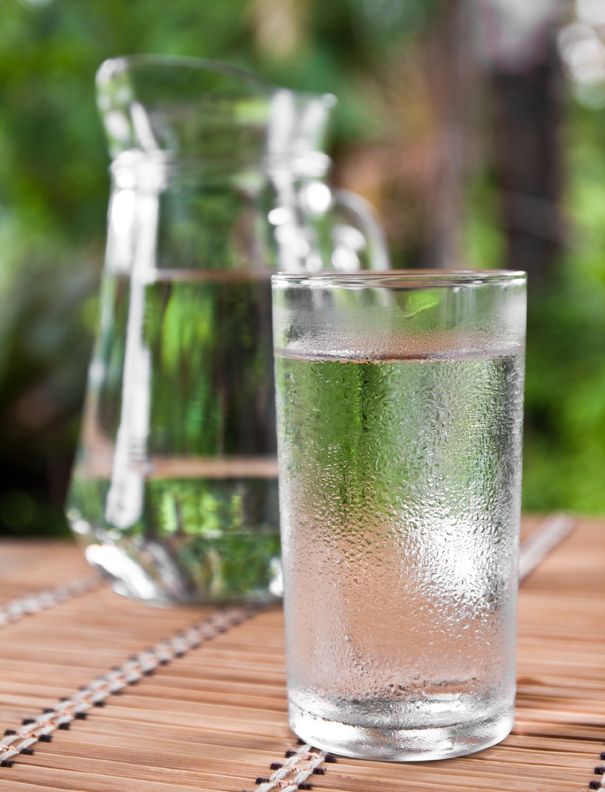
The age-old goal was eight glasses per day. A more accurate goal is to aim for approximately half of your body weight in ounces per day. Therefore, if you weigh 150lbs, you'll aim for 75oz of water a day. If you have a 24oz water bottle, you'll need to fill it up a little over 3x per day just to reach your goal. It doesn't seem like a lot until you actually try to tackle it.
Still, it is important in the maintenance of a healthy and comfortable body temperate. Your need for water depends on how much you sweat. So when your body gets heated or is under stress, it produces sweat, which evaporates and cools the body. That's when hydration is critical for overall health, because it'll prevent you from feeling faint or dizzy if you're exercising or walking a lot.
So if you're trying to keep up and it still seems impossible, below I have some tips for you.
Exercising or working outside, especially during the summer months when the temperate is in the nineties means excessive sweating, which makes it easier for you to become dehydrated. Be aware that dehydration affects the minerals levels within your body and your high blood pressure numbers.
You can easily monitor your level of hydration by how often you pee and also by the color of your urine.
The appearance and composition of your urine offers lots of clues about your body's health. Your urine is mainly composed of about 95% of water, waste products and salts. Normally it should be clear and yellow.
Optimally you should be peeing around seven times for the day and at the same time making note of the color of your urine. When your urine color is clear that is good. But if it is dark, it means you are dehydrated and should be drinking more water.
Tips On How To Keep Your Water Intake Up!
When I realize that I need to be drinking more water, I first search for a cup or bottle. Half the fun is grabbing a new container or bringing an old favorite back to life. Anything will work, but I always choose something fairly large that doesn't need to be refilled constantly.
I also like the ones that boast the ability to stay cold for an extended period of time. For example, water bottles with a straw seem easier to drink quickly than the large-mouth options you have to tip and sip. Carry it with you, so it's always top of mind.
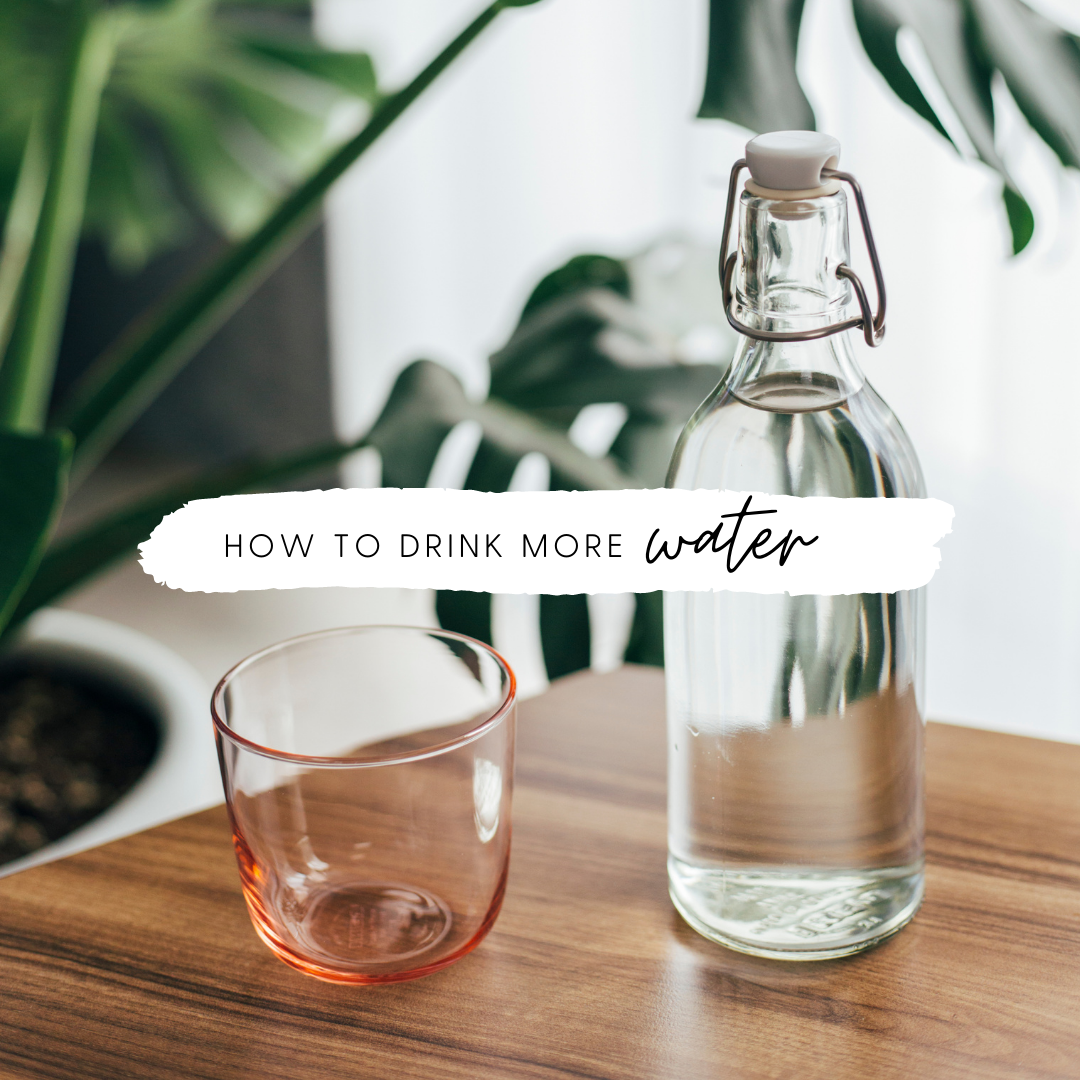
If it's hard to get down the allotted amount of water daily, either because it's unappealing or just doesn't taste good, then just add some flavor. I tend to choose citrus fruit (don't add the peel, or you'll taste a bitter flavor), sweet fruit like strawberries, pineapple, and melon, and crisp veggies like cucumber.
To combat the many trips to the restroom all day and night, try adding electrolytes and minerals to your water. There are many types of electrolyte mixes, both flavored and unflavored. Look for healthier options without added sugar or excess ingredients. And to add minerals, it's just a simple pinch of mineral-rich sea salt. This keeps the body balanced, which means better water retention and overall better hydration.
I know it can be challenging to hit the goal we set for ourselves.
The last tip is to add water-rich foods into your diet. This one is not only easy but also delicious. Some of the best foods are cucumber, broccoli, celery, lettuce, spinach, brussels sprouts, carrots, tomatoes, cauliflower, radishes, peppers, peaches, cantaloupe, watermelon, grapefruit, apples, blueberries, oranges, strawberries, and pears.
These fruits and vegetables have many benefits especially when eaten raw, cooked, or even juiced.
Again, I know it can be challenging to stay on top of this habit, especially when you start to pay attention to it. But with a bit of planning and creativity, you'll soon notice that your body is genuinely thanking you for the extra care.
Dehydration And High Blood Pressure Medications
Maintaining your intake of liquids both before and after exercising is very important. Your body needs water to function properly. Diuretics are generally prescribed for the control of high blood pressure levels, and they increase urine production resulting in low levels of magnesium and potassium.
This can also lead to dehydration, so review the tips I provided above on how to hydrate to keep your body healthy.
How To Hydrate Effectively
We lose so much fluid through medications, perspiration and through increased breathing. Do not wait until you are thirsty to drink water. Have a glass of water at least thirty minutes before a workout and another at least a half hour after exercising.
Drinking water is essential for fitness. Remember the water you drink before and after a workout should be in addition to your daily intake of eight glasses of liquids. I'll also suggest that you skip the expensive sports drinks and stick with good old H2O. Add a slice of lemon or cucumber for a flavor boost.
A good rule to follow is to drink when you are thirsty, but you should be sipping throughout the day even when you are not feeling thirsty. Also, if your workout is intense and is over an hour, switch to an electrolyte drink and replenish.
Hydrating After A Workout
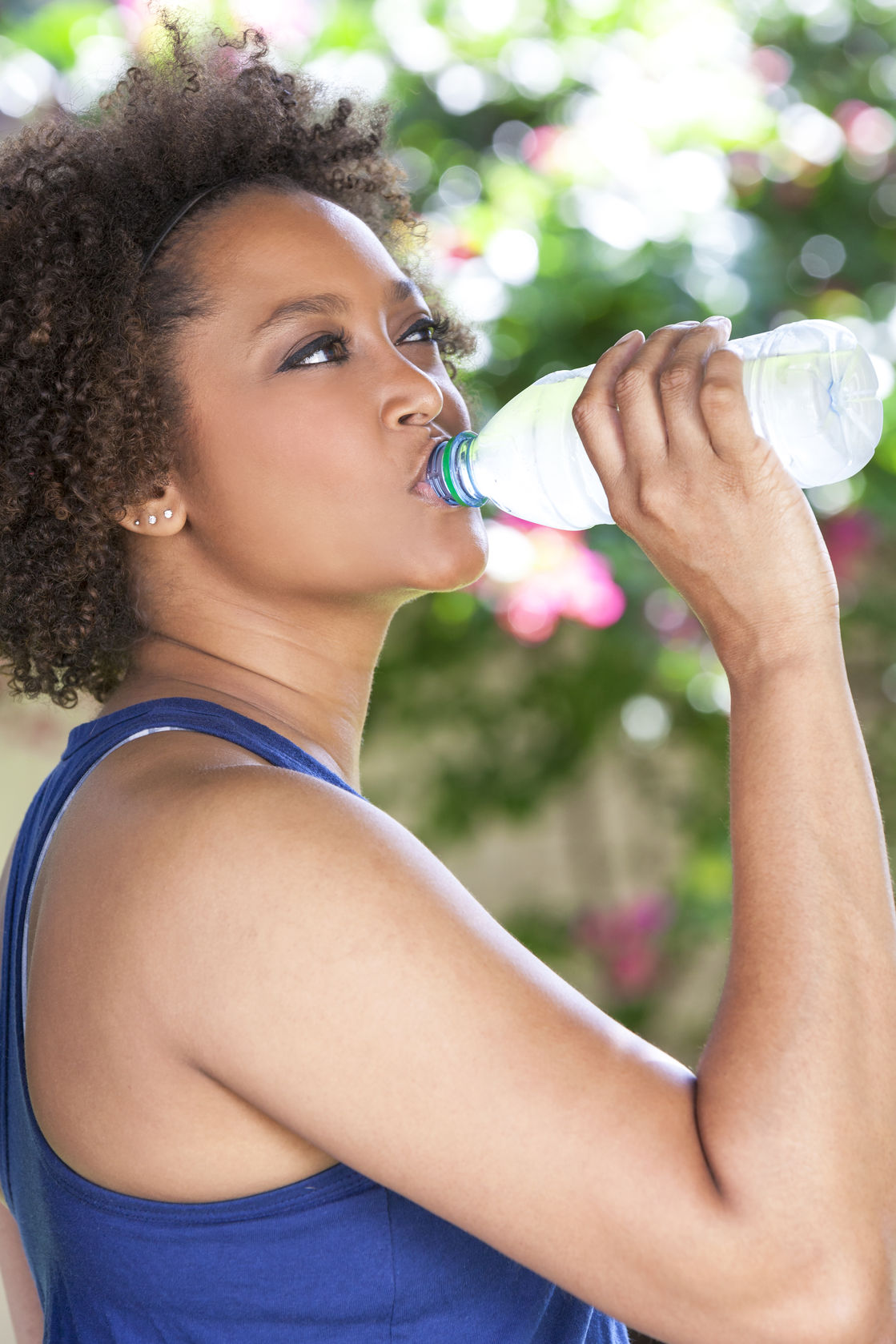
So for every pound lost drink 20 to 24 ounces of liquid throughout the rest of the day and stay hydrated.
I hope this article has given you a working theory on how to hydrate yourself throughout the day effectively to stay healthy.
Return To Exercises To Lower Blood Pressure From How To Hydrate Effectively

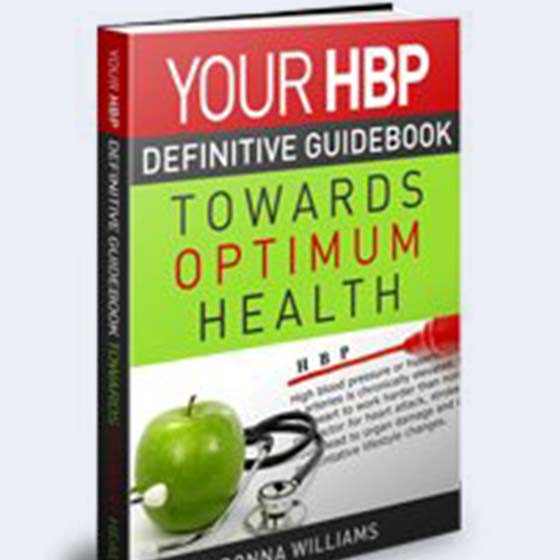


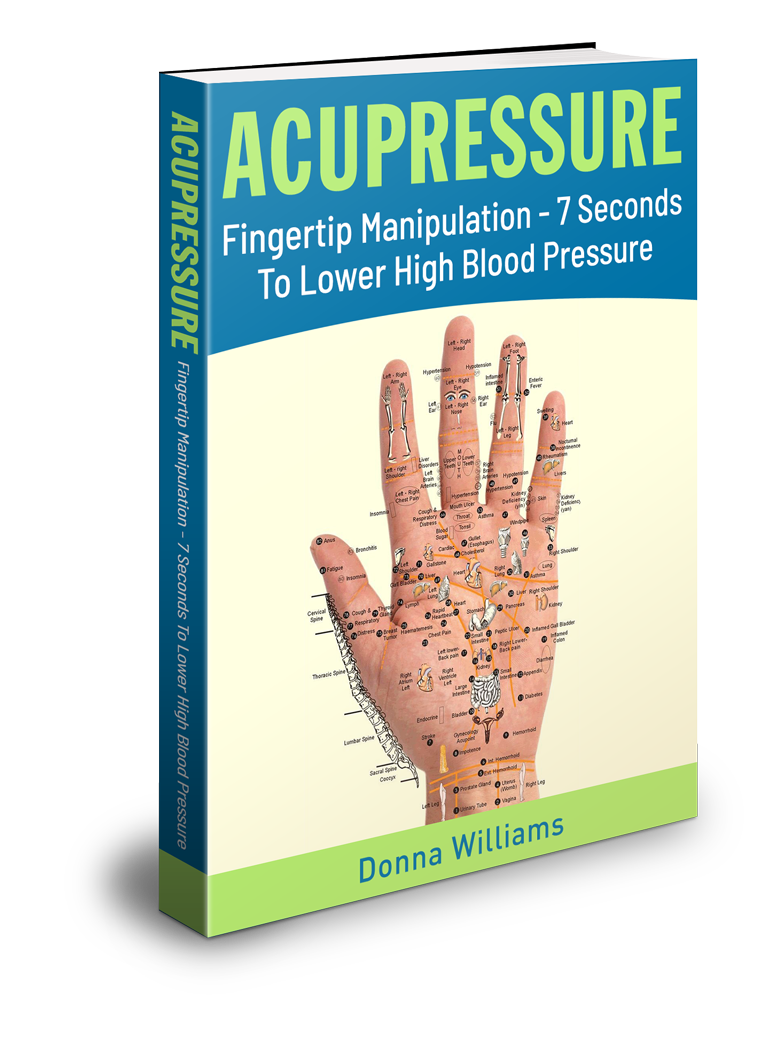
New! Comments
Have your say about what you just read! Leave me a comment in the box below.